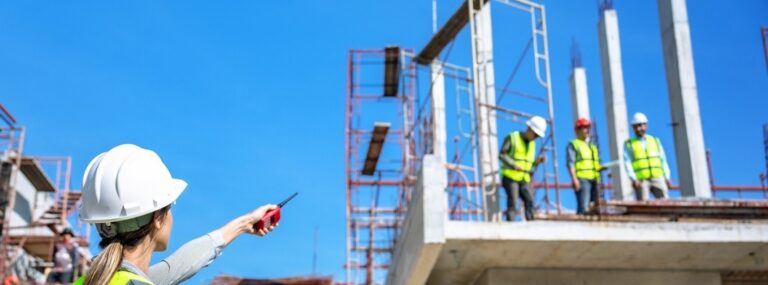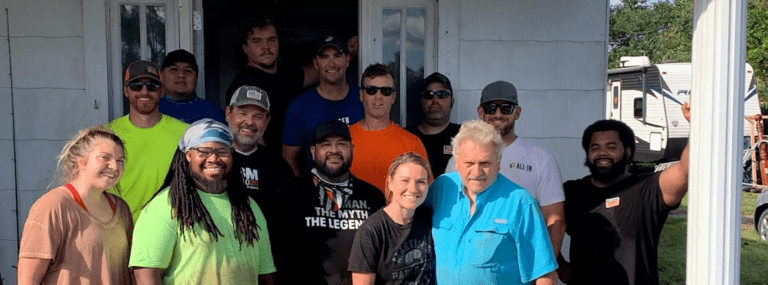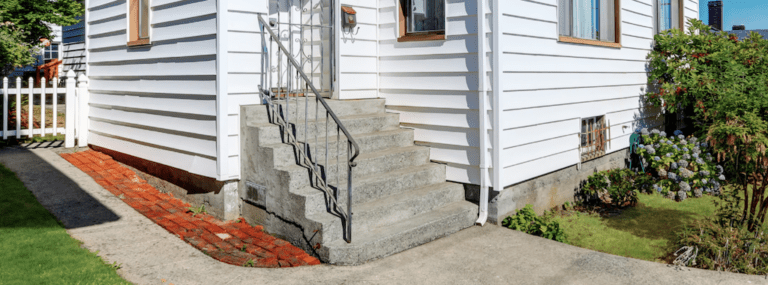Napa is right in our backyard, about 60 miles north of Pleasanton. Many Simpson Strong-Tie employees felt the quake, but fortunately no one was injured. If you’ve ever been in a large earthquake, you would probably agree that it’s a frightening and unsettling experience. And unlike other natural disasters, there’s no warning. Here is one
Since we make structural products for homes and buildings, we have engineers on staff who focus on earthquake research and testing. What many people don’t know is that it’s not just California or the West Coast that’s at risk. According to a 2014 report by the U.S. Geological Survey (USGS) 42 of the 50 states “have a reasonable chance of experiencing damaging ground shaking from an earthquake in 50 years.”
Although when and where an earthquake will hit is difficult to predict, there are steps you can take to make sure you’re ready when it does strike. Retrofitting your home may be an option you’ll want to consider. Here is a helpful checklist to see if your home may need to be retrofitted for an earthquake:
Do I live in an earthquake-prone area?
Do you live in an area known as a high seismic region? This means that the likelihood of earthquakes occurring there is high, and you and your home are more vulnerable. If you are unsure, FEMA’s website has more information about earthquake risk as well as U.S. seismic hazard maps. You can also call your local building department and ask if you live in Seismic Design Category D, E or F. These categories are classifications assigned to homes and buildings with a high to very high seismic risk.
Was my home built before 1985?
In general, homes that have been built in the last 25-30 years have been designed to meet stricter building codes. If your home is older, it may be more susceptible to earthquake damage, in which case a retrofit could help make it stronger in an earthquake.
Is my home built on a raised foundation?
If your home is built on a raised foundation with a crawl space, it is typically built on a system of posts, beams and “cripple walls” (cripple walls are short wood-framed walls running underneath and around the perimeter of the house). Homes built this way are prone to earthquake damage because the raised foundation if often not properly anchored to the home and unable to resist seismic forces.
If not reinforced, this type of foundation can buckle and collapse or cause the house to slide off its foundation during an earthquake. If you do have this type of foundation, you may want consider a seismic retrofit.
Is my home built on a hillside?
Houses built on a hillside typically have raised foundations and crawl spaces as those described above and can experience similar types of failures. However, damage tends to be more severe because the posts and cripple walls supporting the home are built at different heights due to the uneven terrain.
Is there a living space above my garage?
If your garage has living space above it, you may need a seismic retrofit. Why? Garage door openings are large with narrow walls on either side that need to resist earthquake forces. Having rooms above the garage add extra weight that the garage must support so it’s even more important they’re designed to be earthquake resistant. Older homes tend to be candidates for a seismic retrofit.
If your home falls in any of the categories above, you should talk to a licensed structural engineer about design and retrofit solutions. It is one of those things that you may not think about on a regular basis, but can mean all the difference in protecting your loved ones and your home when an earthquake hits.
For more information about how to retrofit your home for an earthquake, check out our Seismic Retrofit Guide.
Be sure to also click on the video above to see how a Napa business owner’s recent seismic retrofit contributed to minimizing building damage.
This post was written by Simpson Strong-Tie Senior R&D Testing Lab Technician Steve Ziagos. Steve has more than a dozen years of experience working in the Simpson Strong-Tie R&D lab in Pleasanton, California where he and others install connectors and fasteners into wood and other materials to test their structural safety. “I basically build and break things to ensure our products are safe and easy to use.” When he’s not in the lab, Steve is enjoying one of his many hobbies, which include woodworking, microcontroller projects and backpacking. He’s no stranger to DIY projects and is excited to share some of the tips he has picked up along the way that will make it easier for you to tackle DIY projects at home.


